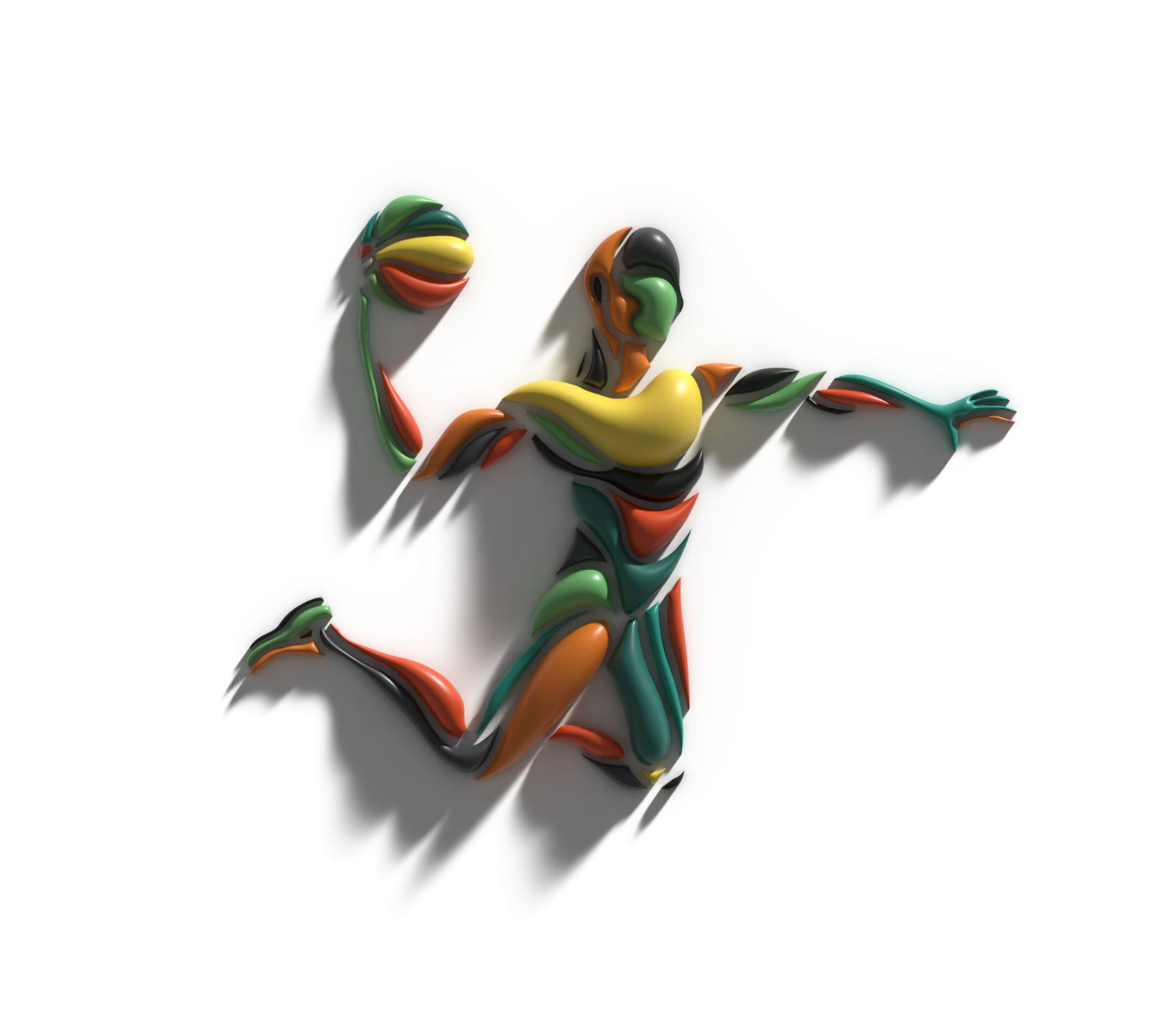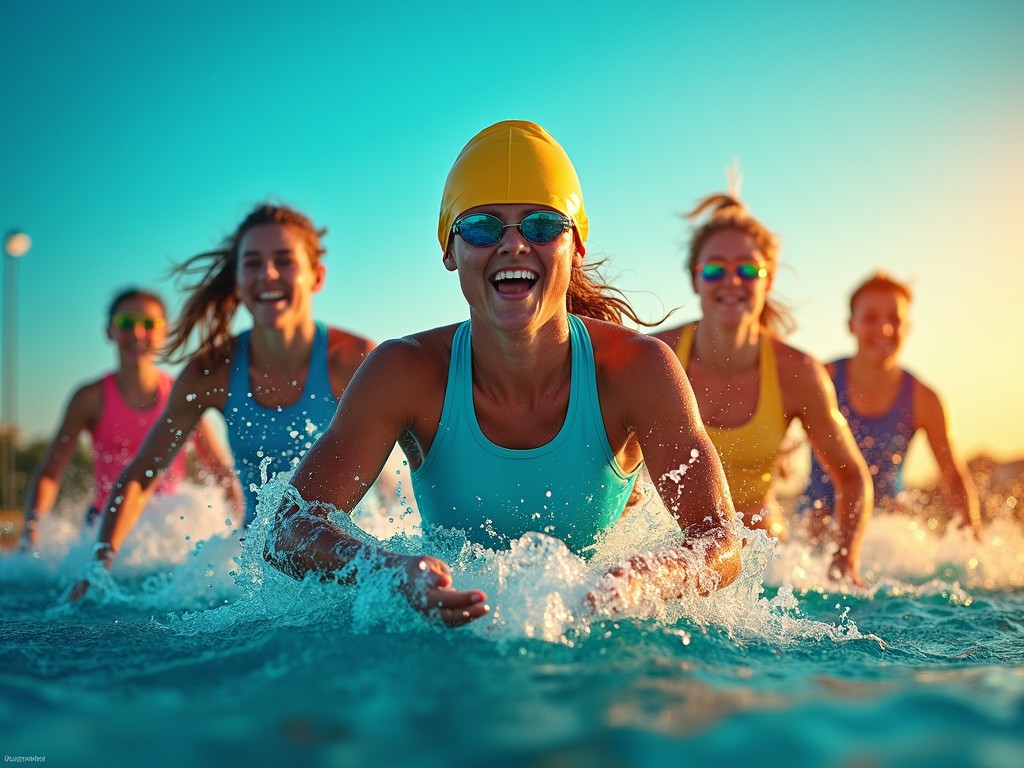
Deaf Sports: Highlighting Achievements and Accessibility in Athletics
- Posted by Cicada Sign
- Categories Blog
- Date November 21, 2024
- Comments 0 comment
Sports have always been a universal language, uniting people across boundaries of culture, geography, and ability. For the Deaf community, sports have been a powerful medium for self-expression, fostering unity, and breaking societal barriers. From pioneering athletes to groundbreaking initiatives, Deaf sports exemplify resilience, talent, and determination.
The Deaflympics: A Legacy of Excellence
Established in 1924, the Deaflympics are one of the longest-running sporting events in the world, exclusively for Deaf athletes. This biennial event showcases a range of athletic disciplines, allowing Deaf athletes to compete on a global stage without communication barriers. The Deaflympics celebrate not just athleticism but also the shared cultural and linguistic bonds within the Deaf community.
For example, athletes communicate during competitions using sign language and visual cues instead of auditory commands like whistles or starting guns. This adaptation creates an inclusive and fair playing field, underscoring the importance of accessible design in sports.
Learn more about the Deaflympics here.
Prominent Deaf Athletes and Their Achievements
Deaf athletes have consistently challenged stereotypes and proven their mettle on and off the field. Some noteworthy names include:
- William “Dummy” Hoy (Baseball): A legendary Major League Baseball player, Hoy is often credited with inspiring the use of hand signals in baseball.
- Terence Parkin (Swimming): Known as the “Silent Torpedo,” Parkin is a South African swimmer and Olympic silver medalist.
- Ashley Fiolek (Motocross): A trailblazer in motocross racing, Fiolek broke barriers in an intensely competitive sport, becoming a multi-time X Games gold medalist.
These individuals are not only champions in their respective fields but also role models for Deaf youth worldwide.
Accessibility in Athletics
Accessibility in sports is crucial for fostering inclusivity. While progress has been made, challenges remain. Some advancements include:
- Visual Technology: From LED-based visual starting signals to real-time captions during live sports coverage, technology is reshaping accessibility in sports for the Deaf.
- Community Support: Organizations like USA Deaf Sports Federation (USADSF) advocate for equal opportunities for Deaf athletes, bridging the gap between accessibility and professional sports.
- Deaf-Friendly Teams and Clubs: Local and international clubs have emerged, focusing on creating spaces where Deaf athletes can train and compete without barriers.
The Power of Sports in the Deaf Community
For the Deaf community, sports are more than just competition—they are an avenue for cultural exchange, leadership, and breaking barriers. By participating in athletics, Deaf individuals challenge societal perceptions and advocate for equity in all areas of life.
Conclusion: Looking Ahead
As we continue to celebrate Deaf athletes and their contributions, it’s crucial to advocate for greater accessibility in sports. Initiatives like the Deaflympics and the rise of Deaf-friendly technologies are steps in the right direction, but more needs to be done to ensure inclusivity at every level.
At Cicada Sign, we believe in amplifying the voices of the Deaf community and celebrating their achievements. Through education, advocacy, and awareness, we aim to build a more inclusive world—on and off the field.





